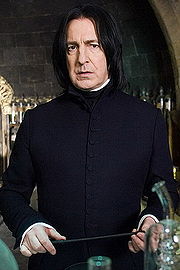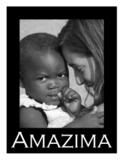
So, this weekend we made Holiday cookies. What fun! Like bunches of ginger cookies, and chocolate stars with crushed peppermints and chocolate drizzle, jam tots, sugar cookies that the girls decorated with icing and sprinkles, and new chocolate chip-pecan-dried cherry cookies. MMmmmmmmmm good.
What I just learned from the cookbook we were using is that the tradition of baking cookies for Christmas is another vestige of our pagan past that was conglomerated into our celebration of Christian holiday. Which makes it even MORE appealing to me! And so yummy!
Springerle (SPRING-uhr-lee) - These have been and still are traditional Christmas cookies in Bavaria and Austria for centuries. Springerle are white, anise-flavored cookies, made from a simple egg-flour-sugar dough. Usually rectangular or circular in shape, they have a picture or design stamped on the top. The images are imprinted with specially carved rolling pins or flat molds (Springerle presses, or boards). After the cookies are baked, the designs are sometimes enhanced with edible food colors--or with tempera or acrylic paints, if the cookies are to be used as decorations. Hartshorn is the traditional leavening (it is an ammonia compound).
These cookies are made with a leavening agent called ammonium carbonate, or baking ammonia. Ammonium carbonate is a byproduct of hartshorn, a substance extracted from deer antlers (harts horn). This leavener is the precursor of today's baking powder and baking soda .If you sample the dough of these cookies, you will be able to taste the ammonia, but it will completely evaporate out when the cookies are baked
The name Springerle comes from an old German dialect and means "little knight" or "jumping horse." Historians trace these cookies back to the Julfest, a midwinter celebration of pagan Germanic tribes. Julfest ceremonies included the sacrificing of animals to the gods, in hope that such offerings would bring a mild winter and an early spring. Poor people who could not afford to kill any of their animals gave token sacrifices in the form of animal-shaped breads and cookies. Vestiges of these pagan practices survive in the baking of shaped-and-stamped German Christmas cookies such as Lebkuchen, Spekulatius, Frankfurter Brenten, and Springerle.
Scenes from the Bible were some of the earliest images portrayed on the springerle molds. and were used to educate those who couldn't read or write. Eventually, other scenes were carved and the co okies soon reflected images of holidays, events, and scenes from every day life. The cookies were also used to celebrate births, weddings, and used as betrothal tokens. Exchanging springerle during the holidays was a common practice very much like we exchange cards today.
The oldest known springerle mold from Switzerland was carved from wood in the 14th century. This round shaped mold pictures the Easter lamb, and originates from the St. Katharine monastery in Will St. Gallen. It is now in the collection of the Swiss national museum in Zurich, Switzerland. From: http://whatscookingamerica.net/History/CookieHistory.htm











No comments:
Post a Comment